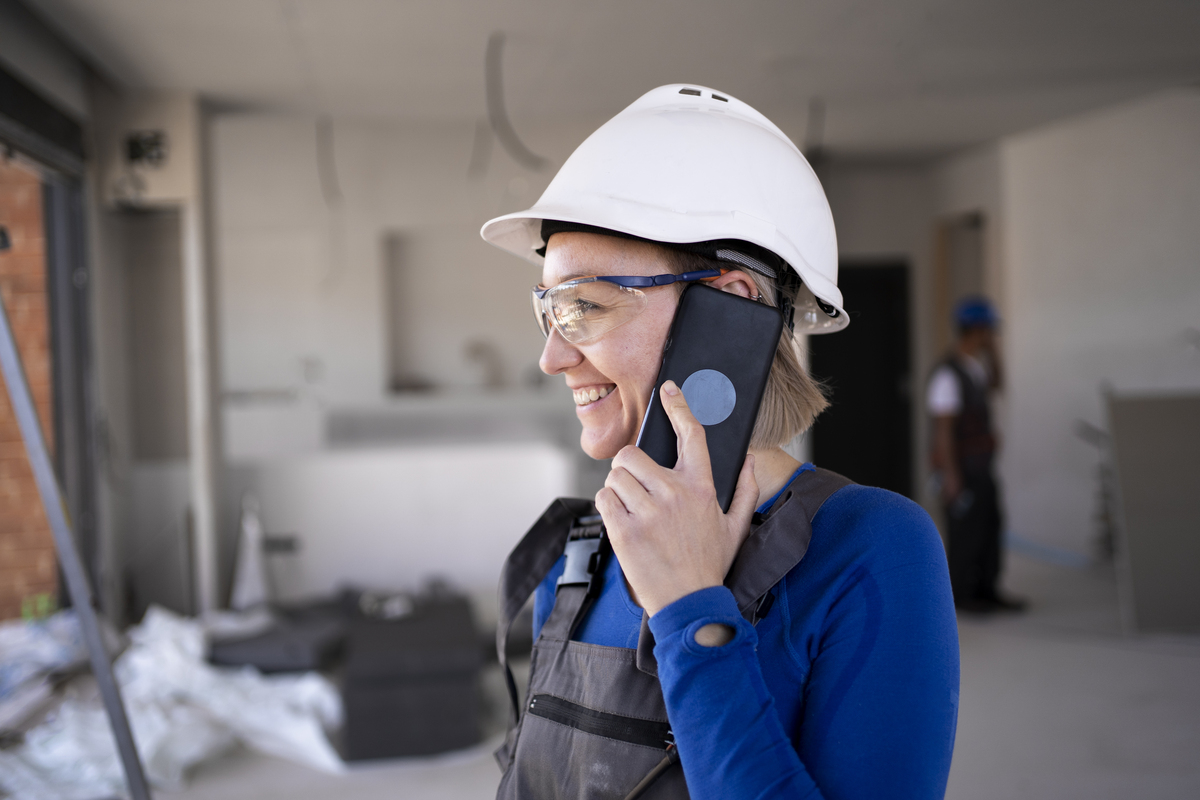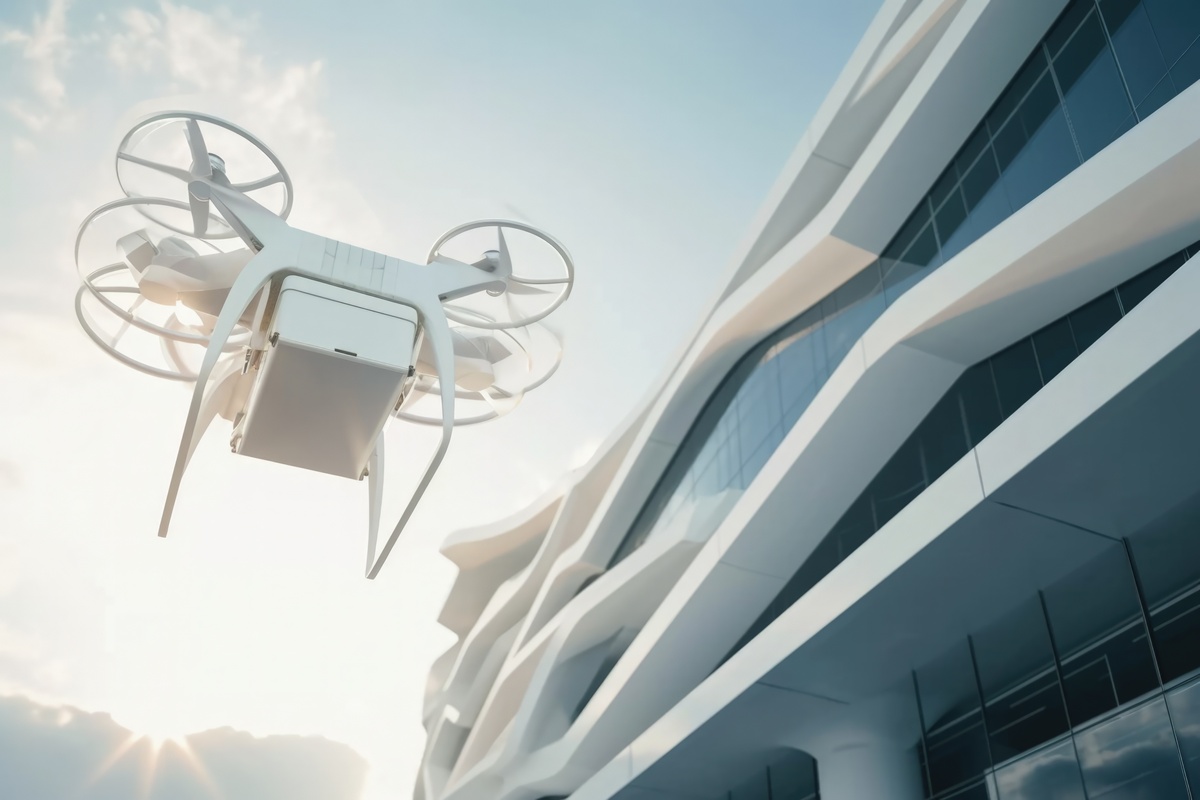Using smart building technology is necessary to build smarter in 2025, and one of the biggest developments in this regard is the use of sensors in modern construction. Real-time sensor data is transforming the construction sector by improving productivity, security, and decision-making. Building sensors in modern construction provide crucial information that helps avert costly errors and delays, from construction monitoring systems usage and ambient conditions to monitoring structural integrity.
Comprehending the function and advantages of sensors is essential to maintaining competitiveness as the construction sector continues to adopt digital transformation management. This review explores strategies to use sensors in construction effectively in current building projects and how they are incorporated into construction methods.
Table of Contents
How Sensors in Modern Construction Enhance Worksite Conditions
People have long considered the possibility of machines being able to make decisions on their own. With the Internet of Things (IoT), that is almost here. As “Things” like traffic lights, cars, and construction robotics connect and communicate with one another, our world is rapidly changing. Sensors in construction are one of the ways the Internet of Things is communicating and gathering data.
Although sensors in modern construction have been available for a while, their application in both personal and professional settings is growing. In actuality, as our world adopts cutting-edge technology, the use of types of sensors is expanding rapidly. By 2022, sensor usage is predicted to exceed $27 billion globally. That represents a substantial rise above the $7.5 billion in 2016. In particular, IoT and sensors are being studied and used in the construction industry to enhance corporate processes.

Strategies to Use Sensors in Construction Effectively
As previously stated, by enhancing corporate operations with more data, the usage of sensors in modern construction can help us improve our industry.
1. Improve Material and Equipment Management
Construction sensors facilitate improved client communication, productivity, and adherence to project timelines by quality management in construction projects in real-time along the supply chain management in construction. They keep an eye on the long-term health of materials like concrete and offer useful information on the productivity and quality of the equipment, allowing for predictive maintenance and lower repair costs.
Suggested article to read: Blockchain in Construction: Ultimate Guide for 2025
2. Monitoring Site Conditions
WiFi-connected sensors improve worker safety and site efficiency by transmitting vital data, including humidity and weather, that affects building materials and construction site safety. Gas leak detection has historically progressed from antiquated techniques to sophisticated sensors in modern construction technology, which can currently identify chemical problems outside the range of human senses.
Suggested article to read: Construction Monitoring in Project Management Tools; 2025 Guide | Construction Monitoring Systems; 2025 Comparison | The Role of Construction Monitoring in Risk Management; 2025 Guide
3. Encourage Improved Facility Management
Data on foot traffic, energy consumption, and temperature patterns are provided by sensors that are incorporated into BIM models. This information is crucial for preserving long-term expenses in high-tech buildings. With the potential to save millions, this real-time picture aids in the decision-making process for upcoming projects.
Suggested article to read: The Role of BIM in Construction Project Management; 2025 Review | Scan to BIM Solutions; 2025 Ultimate Guide | Scan to BIM Software; Ultimate Guide for Point Cloud to BIM Modelling

4. Enhance Worker Safety
Wearables with sensors in modern construction and environmental sensors that track site conditions and worker biometrics like body temperature and pulse rate improve worker safety. In the end, they promote efficient jobsite management by preventing injuries, warning management of problems, and speeding up incident reaction times.
Suggested article to read: Construction Safety Sensors; Guide to 2025 | Top 30 Tips for Safety Solutions in Hazardus Building Sites (2025)
5. Develop Environmental Sustainability
On building sites, sensors in modern construction can track and optimize energy use and environmental impact. Construction organizations can adopt more sustainable practices, lowering their carbon footprint in construction and promoting eco-friendly construction techniques, by monitoring resource use and waste.
Suggested article to read: Environmental Sustainability in Smart Construction Solution (2025) | Decarbonizing Construction; A Sustainable Future Ahead (2025 Solution)
6. Improve Project Management
Real-time data on a range of construction-related topics is provided by sensors, allowing for more precise project monitoring and management. In order to maintain projects on schedule and within budget, this data assists in identifying potential delays and inefficiencies and enables prompt interventions and modifications.
Suggested article to read: Construction Monitoring in Project Management Tools; 2025 Guide | AI in Project Management; Ultimate Guide 2025
How to Start With Sensors in Construction
implementation of sensors in modern construction in construction projects is increasingly more accessible and economical. Businesses such as Pillar Technologies provide affordable construction-specific sensors that gather data in real time to increase efficiency and safety. These sensors detect external elements that have an impact on the worksite.
Start small if a full rollout isn’t possible. Decide which important areas to focus on first, like worker safety or productivity, and then progressively increase the use of sensors. PPE (hard helmets, boots, vests, gloves, and other wearable sensors) can improve worker and environmental conditions by providing useful data.

Conclusion
The role of sensors in modern construction is essential in transforming how projects get done and managed. Sensors increase total project efficiency, improve safety standards, and assist construction professionals in making well-informed decisions by continuously giving precise data.
Sensor integration improves the quality of the finished product, lowers construction accidents, and streamlines operations in the construction industry. The use of sensor technologies will increase as 2025 draws nearer, establishing new standards for smart construction. Accepting these developments guarantees that building projects are safer, more effective, and in line with the direction the sector is taking.
Suggested article for reading:
Construction Safety Sensors; Guide to 2025
Building Sensors; Everything You Need to Know in 2025
What are Landslide Sensors? 2025 Review
Types of Sensors in Construction Industry; 2025 Review
Introducing GDPR-Compliant Sensors: The Future of Data Security in Construction
What are Offshore Sensors? 2025 Review
Resources:
AutoDesk | AVNet | Green | PressAC
For all the pictures: Freepik





